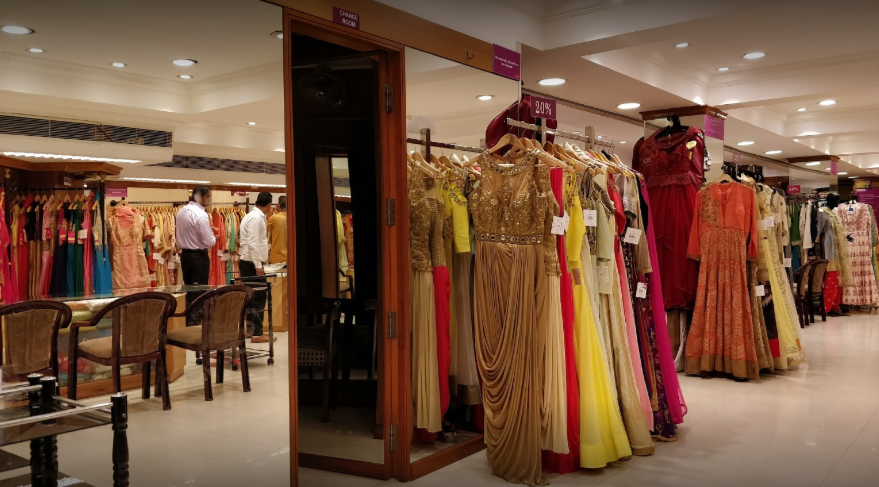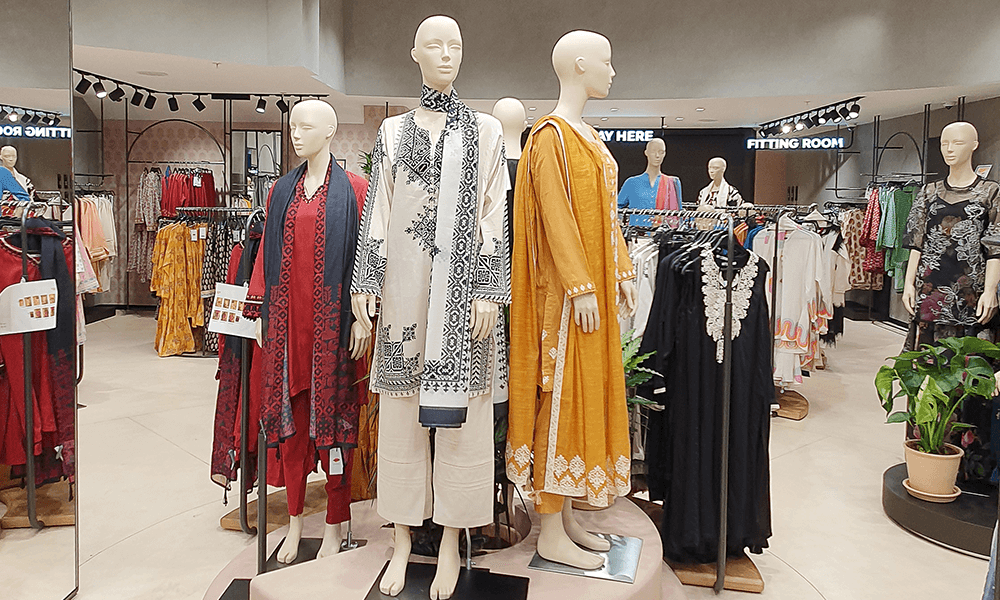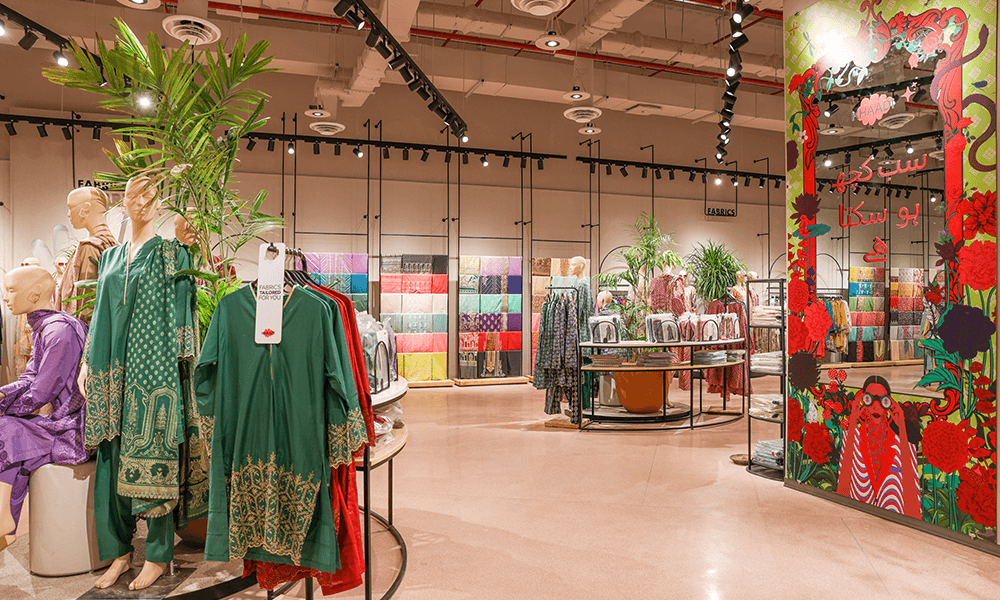Nawabshah, a bustling city in Sindh, offers a rich variety of fashion outlets that cater to every need and style. From trendy prêt wear to luxurious fabrics and bridal collections, the clothing stores here bring together traditional and modern designs to suit all occasions. Whether you’re searching for ready-to-wear outfits or customized clothing, this list of the top 10 shops and brands in Nawabshah highlights the best destinations for high-quality fashion and exceptional shopping experiences.
Want to + add your website in this list?
Contact us on addmysite17@gmail.com
Sunny Fashion Fair
Sunny Fashion Fair is a brand dedicated to empowering women by making them feel confident and stylish. The philosophy here is simple: when you look good, you feel good, and that confidence inspires positive actions. The store offers a variety of women’s fashion items ranging from casual wear to more formal outfits, designed to bring out the best in every individual. Whether it’s the latest trends or timeless pieces, Sunny Fashion Fair ensures that every woman can find something to suit her style and enhance her wardrobe.
Ideas – Nawabshah
Ideas by Gul Ahmed has become a household name across Pakistan, and its Nawabshah outlet offers a wide range of fashion-forward items. Known for its variety in prêt wear, unstitched fabrics, and formal attire, the brand caters to both men and women. In addition to clothing, the store features a rich collection of accessories, footwear, and home items, including bedding and bath products. With its commitment to blending contemporary style with timeless elegance, Ideas offers a complete lifestyle experience that keeps customers coming back for more.

MAZ Collection
MAZ Collection is a one-stop shop for ladies’ clothing in Nawabshah. Located in PJ Mall Moni Bazaar, the store provides a wide variety of garments designed to suit every woman’s taste. From chic casual wear to elegant formal dresses, MAZ Collection ensures quality fabrics and modern designs at affordable prices. Whether you’re in need of daily wear or something special for an occasion, this shop offers a fantastic selection of stylish options that bring out the best in women’s fashion.
Edenrobe
Edenrobe, originally known as Eden Apparels, has been a leading fashion brand since 1988. With a focus on offering premium ready-to-wear collections, the store caters to the clothing needs of modern families, providing garments for men, women, and children. Whether it’s formal ethnic wear or stylish western outfits, edenrobe stands out for its ability to blend contemporary fashion with traditional craftsmanship. Their commitment to quality and variety has made edenrobe a go-to destination for shoppers looking for vibrant and well-crafted clothing in Nawabshah.
Rana Kashif Jewellers & Fabrics
Rana Kashif Jewellers & Fabrics is not only a leading name in jewelry but also in high-quality unstitched fabrics. Located in Nawabshah, the store offers an impressive collection of gold jewelry, including bridal sets, rings, earrings, and necklaces, crafted in 21 and 22 karat gold. In addition to their stunning jewelry, they stock fabrics from top brands like Sapphire, Nishat Lawn, and Al Karam. With their range of summer and winter collections, Rana Kashif Jewellers & Fabrics provides an all-in-one shopping experience for those seeking elegance in both clothing and jewelry.
Nawabshah’s fashion scene is vibrant and diverse, offering something for everyone. Whether you’re looking for high-end designer clothing or more affordable everyday wear, these top clothing shops provide a wide array of choices that meet the needs of the fashion-forward shopper. Visit any of these stores to explore a world of style and elevate your wardrobe to new heights.
Want to + add your website in this list?
Contact us on addmysite17@gmail.com











